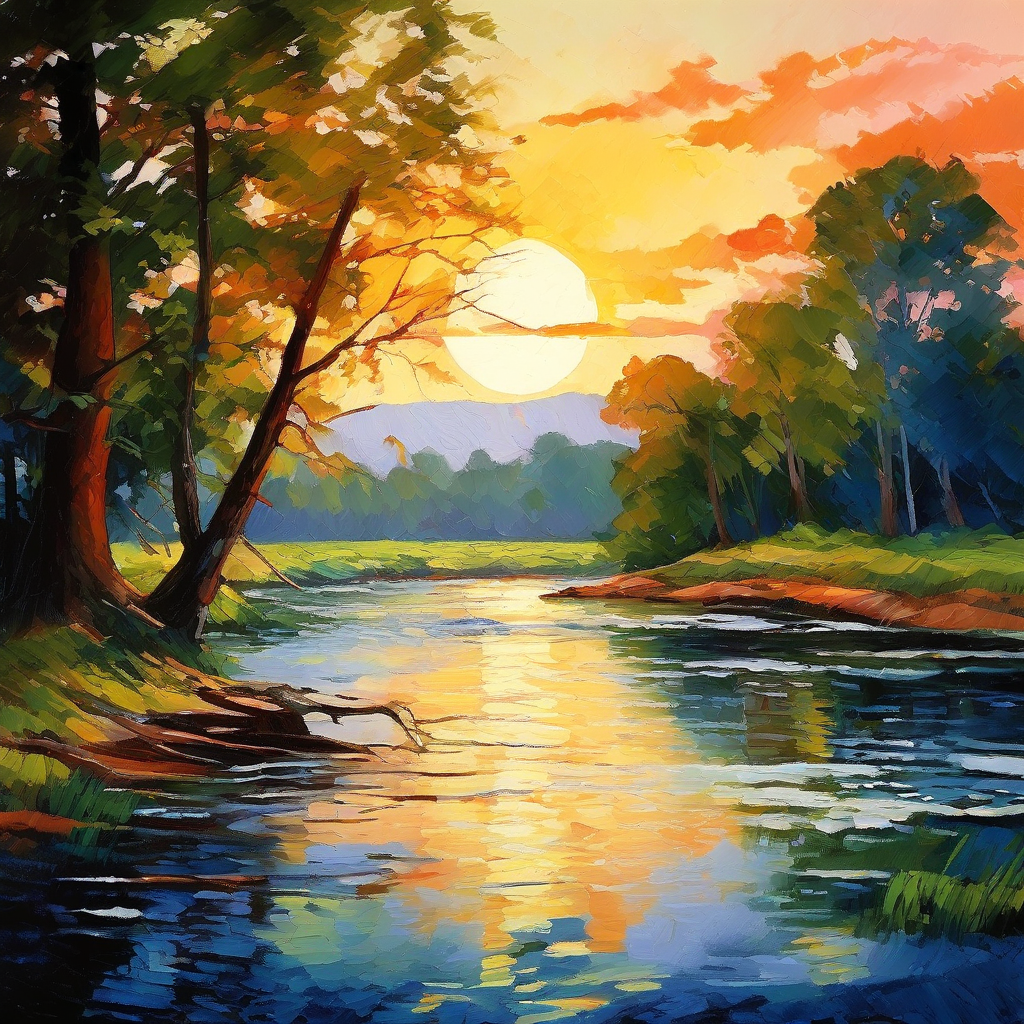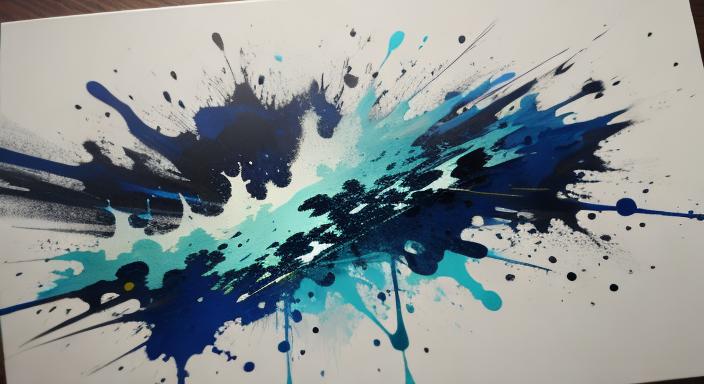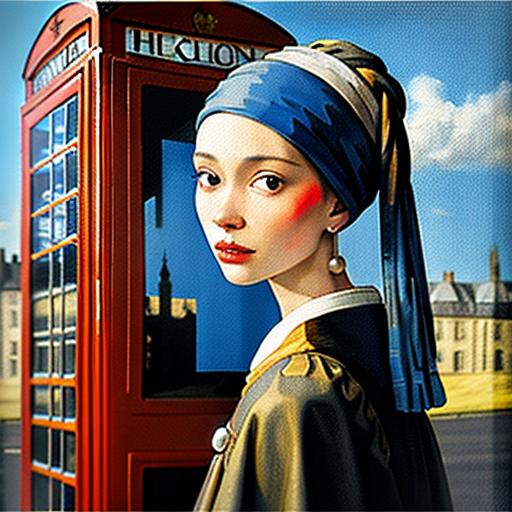Art, in its myriad forms and expressions, has been an integral part of human civilization since time immemorial. But what exactly is art? This seemingly simple question opens up a vast realm of possibilities, interpretations, and debates.
“Art is not what you see, but what you make others see.” – Edgar Degas
The Evolution of Art: From Cave Paintings to Digital Masterpieces
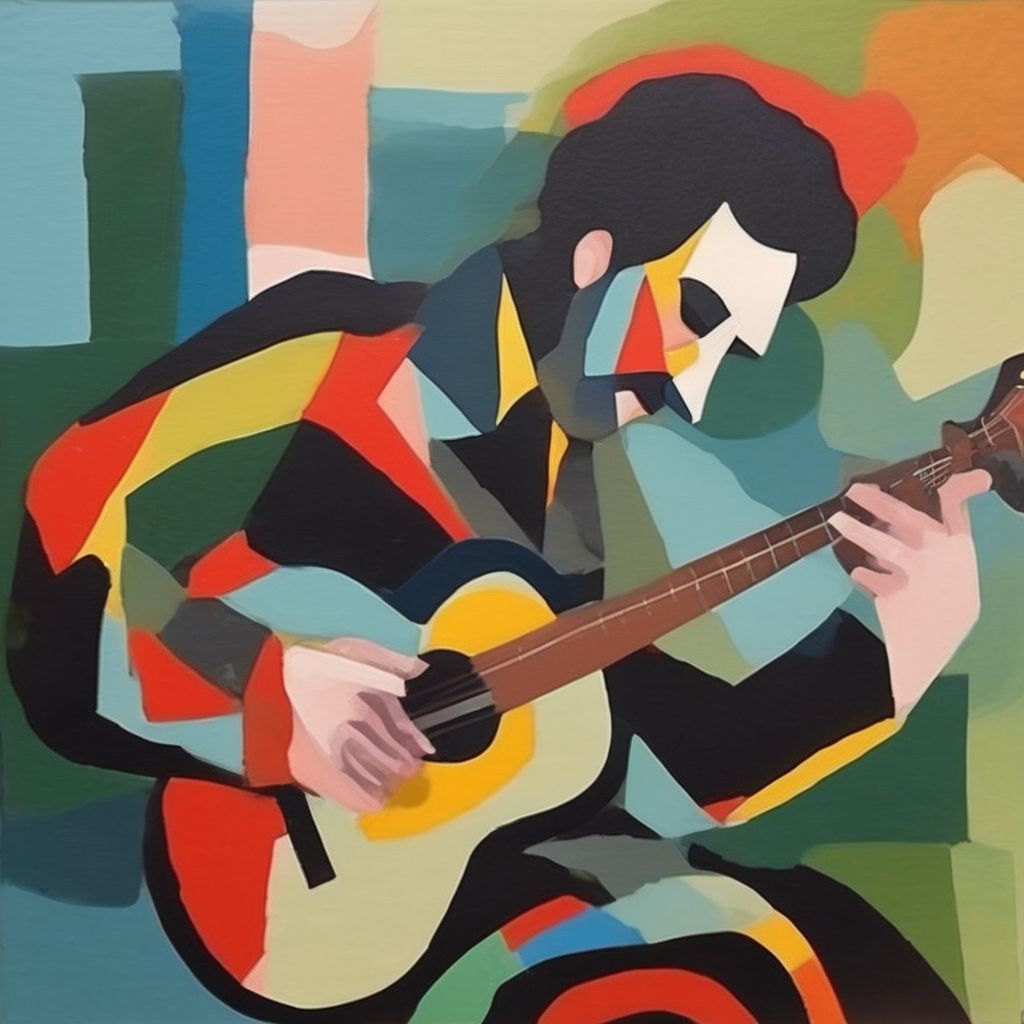
Art’s journey through human history is nothing short of fascinating. It begins with prehistoric cave paintings and evolves through ancient sculptures, Renaissance masterpieces, modern art movements, and contemporary digital creations. This evolution demonstrates art’s ability to adapt and reflect the changing world around us.
The Many Faces of Art: Exploring Different Mediums
Art isn’t confined to a single form or medium. It’s a vast landscape of creative expression that includes:
- Visual Arts
- Performing Arts
- Literary Arts
- Architectural Arts
- Culinary Arts
Each of these forms offers unique ways to express ideas, evoke emotions, and challenge perceptions.
The Role of the Artist in Society
Artists play a crucial role in shaping culture, challenging norms, and inspiring change. They’re often seen as visionaries, chroniclers, provocateurs, and healers. Today, artists continue to act as mirrors reflecting our collective consciousness and catalysts for social change.
The Subjective Nature of Art: Beauty in the Eye of the Beholder
One of the most intriguing aspects of art is its subjective nature. What one person finds beautiful or meaningful might leave another unmoved. This subjectivity raises fascinating questions about the nature of art and its interpretation.
The Impact of Cultural Context on Art
Art doesn’t exist in a vacuum. It’s deeply influenced by the cultural, social, and historical context in which it’s created. Understanding this context can deepen our appreciation and interpretation of art.
“Art is the stored honey of the human soul.” – Theodore Dreiser
The Transformative Power of Art
Art has the power to transform individuals and societies in profound ways. It can inspire empathy, challenge norms, provide emotional catharsis, preserve cultural heritage, and drive innovation.
Art in the Digital Age: New Frontiers and Challenges
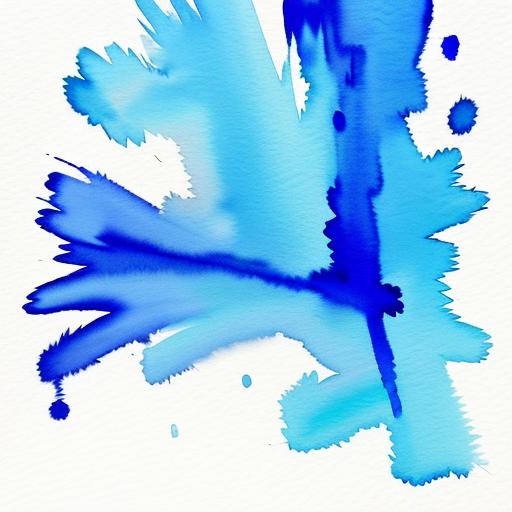
The digital revolution has opened up new frontiers for artistic expression while also presenting unique challenges. Digital art forms like virtual reality installations and AI-generated art are pushing the boundaries of what we consider art.
The Future of Art: Embracing Change and Tradition
As we look to the future, the world of art continues to evolve and expand. Emerging trends include a focus on sustainability, greater diversity, integration of technology, and emphasis on participatory experiences. However, even as art embraces new technologies and ideas, it continues to draw inspiration from its rich history and traditions.
“Art is the lie that enables us to realize the truth.” – Pablo Picasso
In conclusion, art is a complex, multifaceted phenomenon that defies simple definition. It’s a fundamental aspect of human culture, a powerful medium of expression, and a catalyst for change and innovation. Whether you’re creating art, appreciating it, or simply pondering its nature, engaging with art can enrich our lives and deepen our understanding of the world around us.

